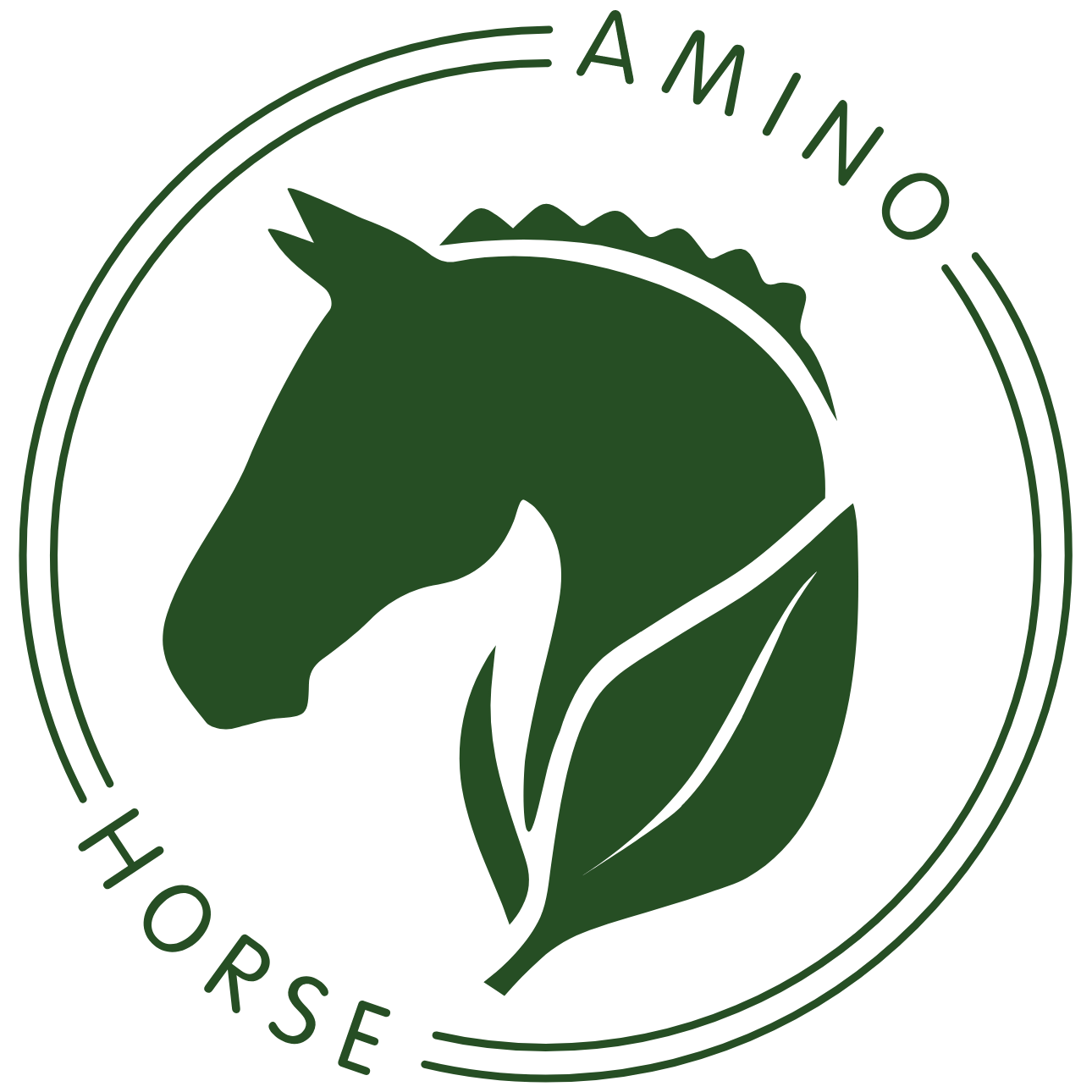Proper nutrition is one of the cornerstones of successful horse breeding. Breeding season is a special time — physically, hormonally, and metabolically. Especially today, as feeding concepts continue to evolve, ensuring the right nutrient supply has become more important than ever.
In this article, we’ll explore how tailored nutrition impacts breeding success, pregnancy, lactation, and overall health. We’ll also look at common deficiencies and how targeted feeding strategies can help prevent them.
The Basics of Equine Nutrition in Breeding
Horses are natural herbivores, with digestive systems designed for continuous intake of roughage. Traditionally, the focus was often on the quantity of forage, while the specific needs for minerals, trace elements, and amino acids were overlooked.
However, for breeding, this basic approach is often insufficient — particularly during phases like pregnancy and lactation, where the nutrient requirements increase significantly. Today’s breeding management places greater emphasis on differentiated and needs-based nutrition.
To better understand how to support our mares, let's take a closer look at the different stages of pregnancy and lactation.
The Stages of Pregnancy – A Unique Challenge
A mare’s pregnancy lasts about 11 months and can be divided into three main phases, each with distinct nutritional needs:
1. Early Pregnancy (Conception Phase, 1st–3rd month)
-
Placenta Development: The placenta begins to form and gradually takes over the supply of the foal.
-
Sensitivity: The embryo is highly sensitive to stress, illness, and feeding errors.
During this period, it’s crucial to provide a stress-free environment, ample movement and a balanced diet.
2. Mid Pregnancy (Main Growth Phase, 4th–8th month)
-
Rapid Growth: The fetus grows significantly, developing distinct equine features.
Nutrition must be adjusted to meet the steadily increasing needs for energy, proteins, and trace minerals such as magnesium, copper, and zinc.
Copper and zinc, alongside amino acids, are critical for connective tissue, cartilage, and skin development. Magnesium is essential for muscle function and nerve health.
3. Late Pregnancy (Final Phase, 9th–11th month)
-
Preparing for Birth: In the final weeks, the foal gains weight rapidly, and the mare’s nutrient demands peak.
-
Physiological Changes: The belly often drops slightly, and the udder begins to fill.
In the last trimester, energy and amino acid requirements are markedly higher. High-quality hay, nutrient-dense feeds like linseed cake, pomace, or easily digestible grains can help meet these demands.
Calcium and phosphorus requirements rise sharply during late pregnancy to support fetal bone development and milk production. Additionally, the mare’s need for copper, zinc, selenium, and vitamin E also increases, helping boost immune function and prevent muscle disorders.
Lactation – The Milk Production Phase
Lactation typically lasts between 4 to 6 months but can vary depending on management and individual conditions.
1. Early Lactation (1st–3rd month)
-
Peak Milk Production: Milk output is at its highest.
-
High Water Demand: A lactating mare may need up to 50–60 liters of water daily - double the maintenance requirement.
-
Enormous Energy Demand: Up to 80% higher than in maintenance.
-
Increased Protein Needs: Total protein requirements can more than double.
-
Higher Nutrient Needs: Particularly for amino acids (lysine up to 400% increase), calcium, and phosphorus.
-
Increased Vitamin Needs: Vitamins A, B, D, and E are especially important.
2. Mid Lactation (3rd–4th month)
-
Adjustment: As the foal gradually begins consuming solid food, milk production decreases.
-
Recovery: The mare still needs nutrient-rich feed to recover and maintain her health.
3. Late Lactation (from the 5th month)
-
Transition: The foal increasingly relies on solid feed, and the mare’s nutrient needs slowly return to normal.
-
Weaning: In natural conditions, foals nurse for up to 6 months; in managed breeding, weaning typically occurs between the 4th and 6th month.
Many experts consider early lactation the most nutritionally demanding phase of the reproductive cycle.
During early lactation, the mare’s energy, amino acid, mineral, trace element, and vitamin needs are at their peak.
In addition to producing milk, the mare must recover from giving birth while caring for and protecting her newborn - adding further stress.
It’s common to see a more prominent topline loss after this period.
Although the final stages of pregnancy are highly demanding due to rapid fetal growth, early lactation often places greater overall stress on the mare.
The Right Support During Pregnancy and Lactation
Balanced nutrition during pregnancy and lactation is crucial for:
-
The mare’s overall health and well-being
-
Maintaining and building muscle
-
The foal’s muscle and bone development
-
Stable hoof and skin health
-
A strong immune system
-
Consistent milk production
-
Giving the foal a healthy start in life
If the mare’s diet is inadequate, her body may start drawing on its own reserves (e.g., muscle tissue) to meet the increased demands. This can manifest as a loss of topline or a generally "drawn" appearance, and long-term deficiencies can impair health, increase susceptibility to infections, or reduce milk yield.
Foals from mares who receive optimal nutrition during pregnancy often exhibit stronger growth, higher vitality, and lower disease susceptibility.

Tips for Successful Feeding in Horse Breeding
Sustainable and successful breeding relies not only on genetics but also heavily on health and performance.
Feeding should always be tailored to the individual horse. Here are some practical tips:
-
Individual Needs Assessment: Every horse is unique. Regularly assess the mare’s amino acid and nutrient requirements, especially during critical phases like pregnancy and lactation.
-
Targeted Supplementation: Use high-quality supplements to close any nutritional gaps and prevent deficiencies.
-
Customized Feeding Plans: Adapt your feeding regimen based on the horse’s age, performance level, and specific life stage needs - considering factors like previous illnesses, seasonal changes, or stress situations.
-
Regular Monitoring: Keep an eye on the horse’s health, behavior, and performance. Early detection of nutritional imbalances helps avoid long-term problems.
Conclusion
Balanced nutrition forms the foundation for sustainable success in horse breeding.
Especially during the demanding phases of pregnancy and lactation, when mares have significantly increased energy and nutrient needs, it’s essential to provide targeted support - not just through quantity, but through high-quality, well-balanced sources of amino acids and essential nutrients, like our Basic Blend.
An individualized feeding concept can help avoid long-term health risks and create the ideal conditions for growth, vitality, and performance.
Together, we can ensure that our horses are optimally cared for at every stage of life - because healthy horses are the key to successful breeding.



